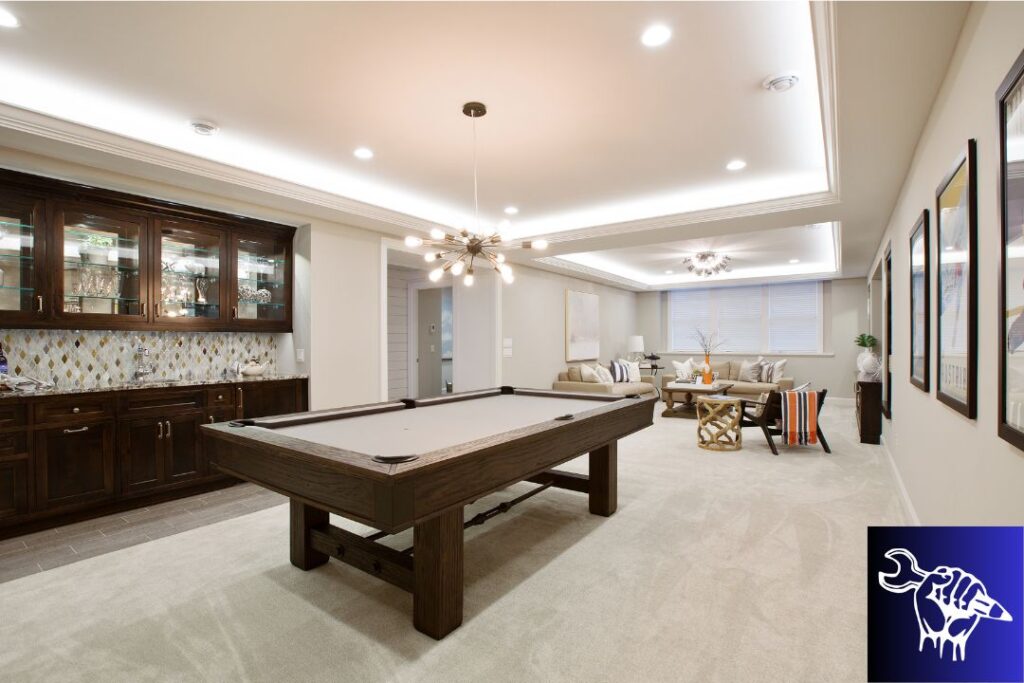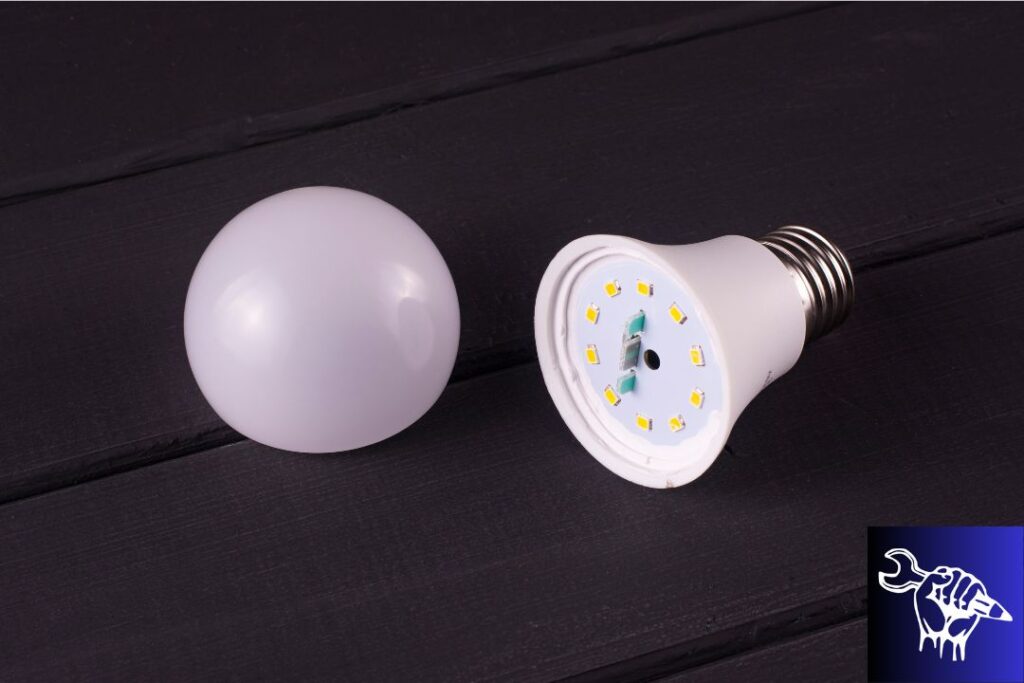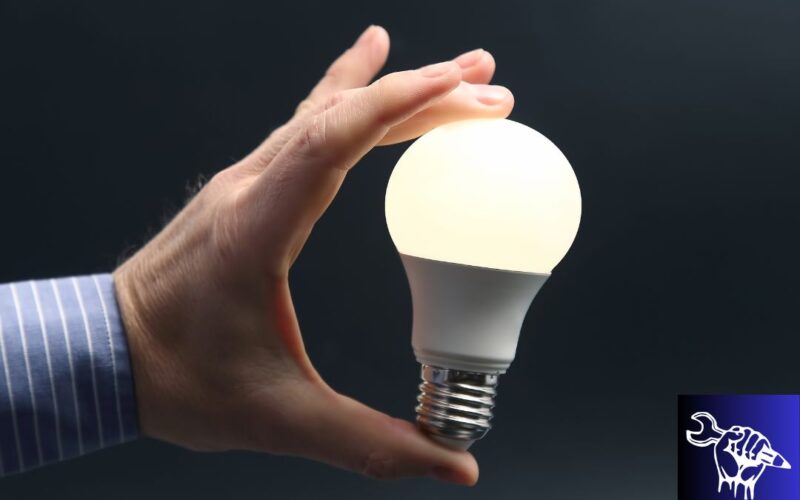In the vast tapestry of lighting technology, few innovations have made as profound an impact as the advent of LED (Light Emitting Diode) lighting. From the dim glow of the first practical electrical bulb lit up by Thomas Edison to the blinding brilliance of modern stadium lights, our quest has always been to harness light in the most efficient and versatile way possible. The LED emerged as a new contender in this arena not too long ago but quickly ascended to prominence.
Offering a blend of efficiency, longevity, and adaptability, LED lighting has become the subject of discussion in households, industries, and architectural wonders alike. But as with any technology, the question remains: is it the right choice for everyone? Let’s delve deep into the world of LED lighting to decipher its true worth.
Advantages of LED Lighting

Energy Efficiency: When compared to traditional bulbs, LED lights consume significantly less power, often resulting in notable reductions in electricity bills. A regular incandescent bulb might use 60 watts of power, whereas its LED counterpart would provide a similar brightness with only around 10 watts.
Longevity: LEDs are known for their impressive lifespan. While traditional light sources like incandescents or CFLs may last hundreds or a few thousand hours, an LED bulb can last up to 25,000 hours or more, ensuring you change bulbs less frequently.
Design Versatility: LED technology allows for a wide array of shapes, sizes, and colors, giving consumers and designers a plethora of options to suit any aesthetic or functional need. Whether you’re aiming for a cozy ambiance or a bright task light, there’s likely a diode solution for it.
Safety: One of the lesser-acknowledged advantages of LEDs is their cooler operating temperatures. Unlike incandescent bulbs, which can become very hot to the touch, Light Emitting Diodes emit very little heat, reducing the risks of burns or fires.
Eco-Friendliness: Diodes are free from harmful substances like mercury, which is present in many compact fluorescent lamps (CFLs). Furthermore, their long lifespan means fewer bulbs end up in landfills, and their energy efficiency reduces greenhouse gas emissions. In a world increasingly concerned about sustainability, the eco-friendly nature of LEDs is a significant plus.
You may also like: 5 tools for your toolbox
Disadvantages of LED Lighting

Higher initial investment: Although diodes can save money in the long run through reduced energy costs and longer lifespans, the initial outlay is typically higher. It’s essential for consumers to think of this as an investment that will eventually pay off, but the upfront cost can sometimes be a deterrent.
Quality variability: The market is flooded with various brands and models of diode lights, and not all are of equal quality. While some provide excellent illumination and last as long as advertised, others may fall short. It’s crucial to do thorough research and perhaps pay a little extra for a trusted brand.
Potential illumination range issues: In certain applications, achieving uniform lighting can be a challenge with LEDs. Due to their directional nature, it might be necessary to employ multiple light sources to ensure even illumination across a larger area, adding to the complexity of design and installation.
So, how to choose LED bulbs?

The bulb market is vast, and choosing the right bulb can sometimes feel like navigating a labyrinth. Here are some guidelines to ensure you make the right choice:
- Determine the Purpose: Before diving into the technical aspects, consider where and why you’ll be using the LED. Is it for ambient lighting in your living room, task lighting in the kitchen, or perhaps outdoor lighting?
- Brightness and Color Temperature: Check the lumens, not just the wattage. Lumens indicate the brightness, and typically, a higher number of lumens means a brighter light. Understand also a color temperature. If you want a warm, cozy glow, you’d look for bulbs listed as 2700K-3000K. For a cooler, more daylight-like light, look for bulbs around 5000K.
- Dimmability: Not all LEDs are dimmable, and using one that isn’t with a dimmer switch can shorten its lifespan. If you have or plan to install a dimmer, ensure the LED bulb is compatible.
- Check the Bulb’s Lifespan: Diode-based bulbs can last for years, but this varies based on the brand and usage. It’s often worth spending a bit more on bulbs with a longer lifespan.
- Energy Efficiency Ratings: Look for bulbs with an Energy Star certification. These bulbs meet strict efficiency, performance, and quality criteria and can provide more savings in the long run.
- Consider Return on Investment (ROI): While the initial outlay for LEDs is higher, calculate the return on investment by considering the energy savings and longer lifespan. Often, the ROI is evident within a few months, especially for spaces where lights remain on for extended periods.
By understanding your needs and using these guidelines, you can ensure that your investment in such technology is both wise and beneficial.
If you are renovating your home: Are wooden windows good choice?
Summary
LED lighting has transformed the way we illuminate our spaces, offering an array of benefits including energy efficiency, longevity, versatility in design, and eco-friendliness. However, as with any technology, it’s not without its challenges – a higher initial cost, potential quality discrepancies, and occasional issues with light distribution. When choosing LED bulbs, it’s vital to determine their purpose, understand lumens and color temperatures, ensure compatibility with dimmers if necessary, and consider their lifespan and energy efficiency ratings. While the upfront cost might be higher, the long-term savings and sustainability make LEDs a worthy investment for most. Always match your lighting choice to your needs, and in many cases, Light emitting diodes will emerge as the optimal solution.
Do you find our article useful? If so, please share it!






